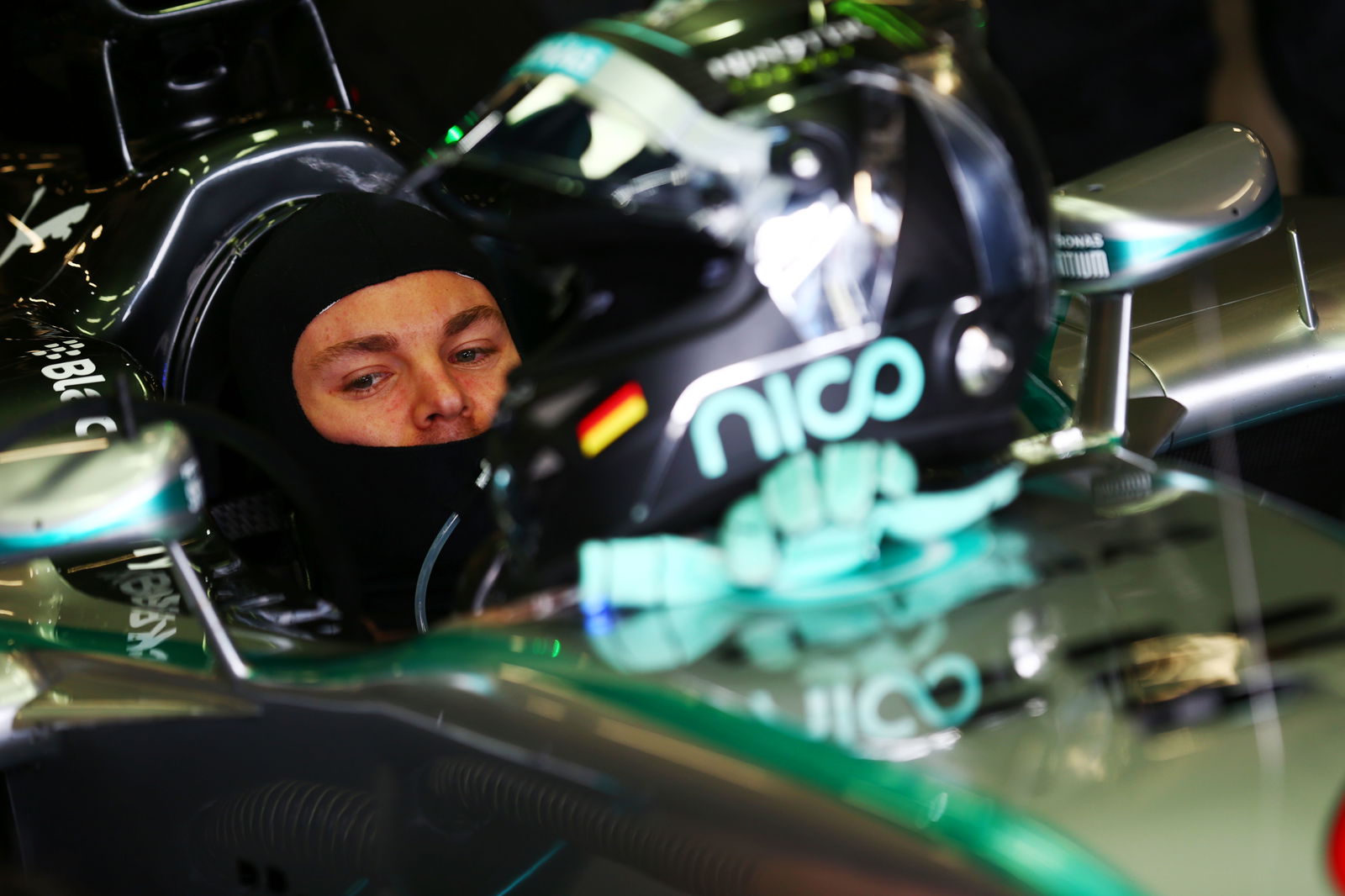Kate Walker: The potential pitfall of big wheels in F1

Every industry has its clich?s, its jargon. Thankfully, the world of Formula One cares little for 'blue sky concepts' or life outside any box that doesn't involve a pit crew. Instead, F1 relies on technology transfer and industry relevance to be the clich?s that justify heavy investment of both time and money into ideas both genius and hare-brained.
The latest use of technology transfer as the justification for a potential change inside the sport comes via Pirelli, who today will be using the in-season test to try out 18-inch tyres on the 2014 Lotus, a car which - like all the others on the grid - has been designed around 13-inch wheels. Should the teams agree (not likely, given that the teams often can't agree what day it is) then the Italian tyre manufacturer will press on with development of the larger models, which is something Pirelli have been keen to see since taking on the job of F1 rubber supplier.
"The 13-inch tyre is no longer relevant to the everyday road user, because even an 18-inch tyre is used by standard vehicles these days," Pirelli motorsport director Paul Hembery said. "While 18-inch tyres would be a big step for Formula One, there are many other motorsport series that already use this size. So there's scope to go even bigger than that in Formula One in years to come. In order to underline F1's role as a test bed for future mobility solutions, we believe that it benefits everybody to have as close a link between road car tyres and competition tyres as possible: a belief we have held ever since we introduced the low profile tyre from competition to road use back in the 1970s."
For Pirelli, aligning their F1 work with their road rubber means an opportunity to sell 'F1 tyres' direct to their customers - see the tyres on Sunday, and get your car shod in them on Monday. Of course, road cars not being run on slicks the compounds used will not be identical. But from a marketing point of view, ensuring the rubber looks like it belongs on an F1 car will make the tyres more attractive to numerous average Joes. That compounds will be able to boast being distant cousins of racing rubber should boost appeal.
But if the new tyres are accepted by the teams, it is going to lead to a sea change in F1 car design, particularly when combined with the news that the FIA are looking into the banning of FRIC suspension systems.
The tyre on a Formula One car does a lot more than provide a sticky bit of rubber to ensure grip and prevent a car from running on its rims. For years, the big expanse of squashy rubber has also been a vital suspension component in the car, with the flexing of the sidewall having almost as much of an impact in the car's suspension as any push- or pull-rods you could care to mention.
To lose much of that with the move to significantly lower-profile rubber is nothing that the teams wouldn't be able to work around given the time and money to investigate a swathe of solutions digitally before testing them in wind tunnels and on track. But to have to find a way of reclaiming lost flexibility while also designing new suspension systems is a bigger ask, particularly when the last meeting of the World Motor Sport Council agreed on reductions to the time spent track and wind tunnel testing, and to restrict CFD use with a view to reducing costs.
At the time of writing, the 18-inch tyres had yet to be run. They could prove to be a glorious success, or something that the teams agree to reject out of hand. But given the difficulty of getting the teams to agree to cost reductions that are vital to the survival of a significant proportion of the grid, is it wise to propose another new change that will lead to added R&D costs at a time when development is moving toward tighter controls?
By Kate Walker
Kate Walker is a senior F1 writer for Crash.net. A member of the F1 travelling circus since 2010, she keeps an eye on the behind the scenes wheeling and dealing that makes Formula One a political melodrama.

